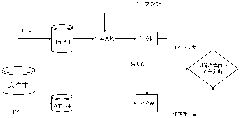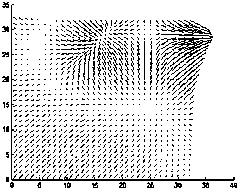Tattoo image classification method based on deep learning
A classification method and deep learning technology, applied in the fields of instruments, character and pattern recognition, computer parts, etc., can solve the problems of low reliability, low realization efficiency, low operation efficiency, etc. Effect
- Summary
- Abstract
- Description
- Claims
- Application Information
AI Technical Summary
Problems solved by technology
Method used
Image
Examples
Embodiment Construction
[0039] The present invention will be further described below in conjunction with the drawings.
[0040] Reference Figure 1 ~ Figure 2 , A tattoo classification method based on deep learning, that is, semantic labeling of input tattoo images. The tattoo classification method includes the following steps:
[0041] 1) Sample transformation
[0042] 1.1) Affine transformation
[0043] 1.2) Flexible transformation
[0044] 1.3) Whitening
[0045] 2) Use an autoencoder to perform unsupervised training on color tattoo images, the purpose is to find out the edges, corner information in the tattoo images, and the underlying information shared by these images.
[0046] 3) The result of using the autoencoder is used to initialize the convolutional network template, and the convolutional network uses DropConnect and random pooling.
[0047] The tattoo classification method based on deep learning of this embodiment specifically includes the following steps:
[0048] 1) Sample transformation
[0049] Sin...
PUM
 Login to View More
Login to View More Abstract
Description
Claims
Application Information
 Login to View More
Login to View More - R&D
- Intellectual Property
- Life Sciences
- Materials
- Tech Scout
- Unparalleled Data Quality
- Higher Quality Content
- 60% Fewer Hallucinations
Browse by: Latest US Patents, China's latest patents, Technical Efficacy Thesaurus, Application Domain, Technology Topic, Popular Technical Reports.
© 2025 PatSnap. All rights reserved.Legal|Privacy policy|Modern Slavery Act Transparency Statement|Sitemap|About US| Contact US: help@patsnap.com



